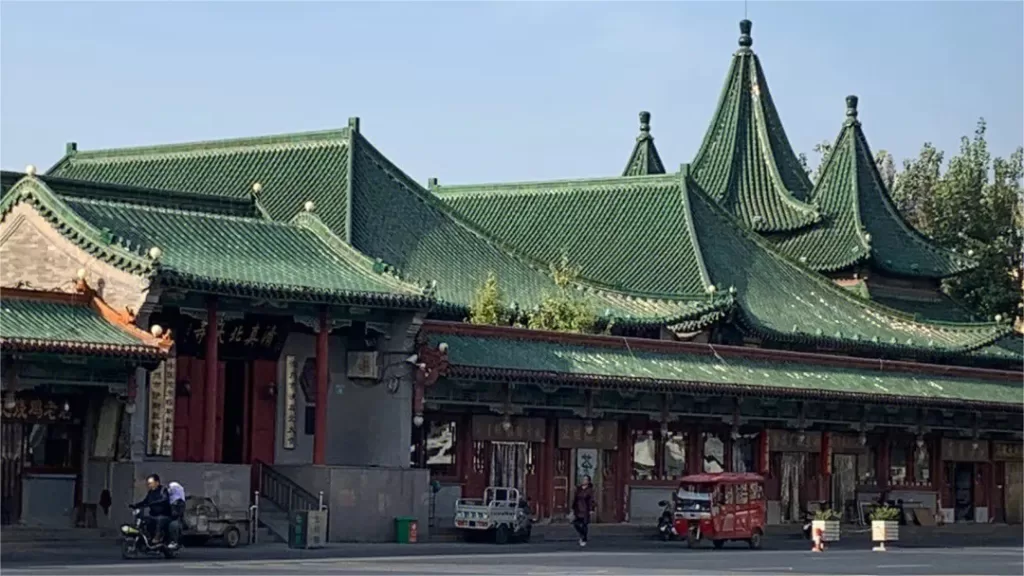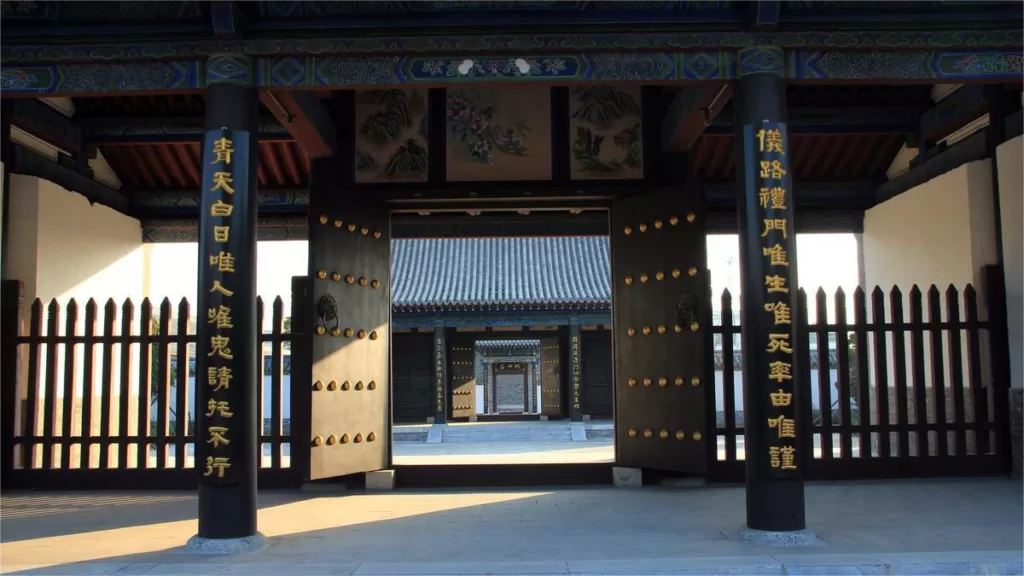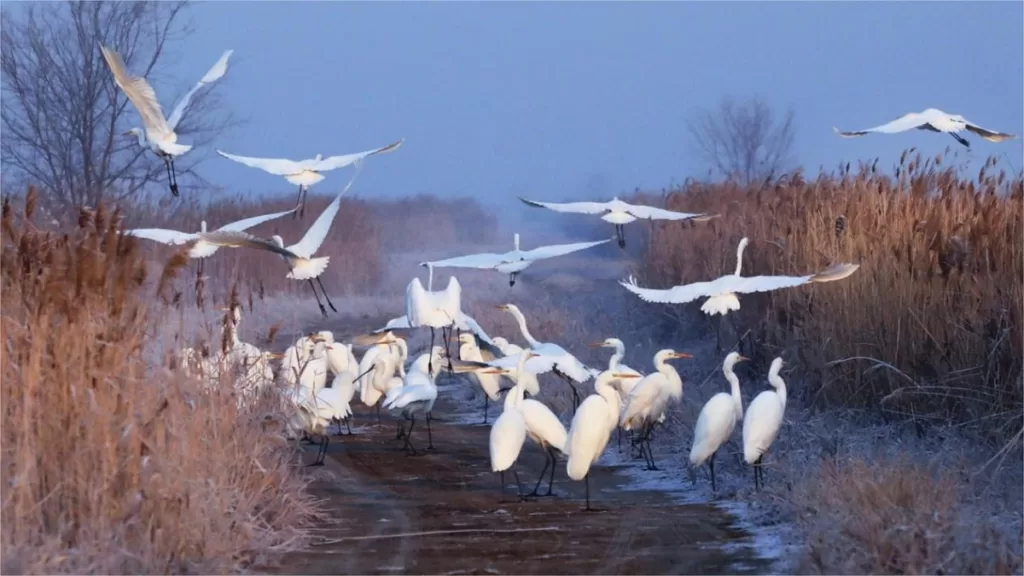Mesquita de Beida, Cangzhou - Preço dos bilhetes, horário de funcionamento, localização e destaques


Nestled in the heart of Cangzhou, China, Beida Mosque (北大寺), also known as Muslim North Temple, stands as one of the four great mosques in the country, alongside Guangzhou Huai Sheng Mosque, Quanzhou Qingjing Mosque, and Jining Mosque. Renowned as a significant hub for the Muslim community, it holds the distinction of being the birthplace of the first Chinese translation of the Quran, the holy book of Islam.
Índice
Informações básicas
| Duração estimada da excursão | 1 - 2 horas |
| Preço do bilhete | Grátis |
| Horário de funcionamento | 8.00 - 16.00 |
Localização e transporte
Beida Mosque is centrally located in the city of Cangzhou, within Província de Hebei, China. Its precise address is 14 Jiefang Middle Road. Situated in the heart of the city, Beida Mosque holds a special place as the spiritual nucleus of the local Muslim community.
Tourists can take Bus 3, 22, 31, 307, or 623 and get off at Qingzhensi Stop (清真寺站) to reach the mosque.
Highlights of the Mosque
History of Beida Mosque
Beida Mosque’s history dates back to the final years of the Ming Dynasty, with its construction spanning 18 years and culminating in its completion in the year 1420. Throughout the centuries, it underwent two significant renovations, first during the Qing Dynasty and later during the Republic of China. In 1966, the mosque suffered damage, but its restoration began in 1980 with government funding, aiming to restore it to its original splendor. As a testament to its cultural significance, Beida Mosque is recognized as a national key cultural relic preservation unit.
O Salão de Oração
The mosque’s architectural layout is a testament to the grandeur of Islamic design. Facing north, the main entrance covers an expansive area of 8,000 square meters. The prayer hall, a magnificent space measuring 1,350 square meters, is complemented by a hall covering 1,080 square meters. This makes Beida Mosque the largest mosque in Northern China. The interior of the prayer hall features a wooden framework that has been impeccably preserved since the Ming Dynasty. It boasts an impressive array of 81 columns, often referred to as the “nine-nine-eighty-one” arrangement. This layout can accommodate over a thousand worshippers simultaneously, and what is remarkable is that not a single nail was used in the construction, as the beams and columns fit together without the need for additional fasteners.
The main prayer hall is a resplendent structure consisting of three parts: the front, middle, and rear halls, accompanied by an ancient canopy. On the roof, intricate carvings and statues adorn the ridges. Adjacent to the main hall is a reservoir with three pavilions – one in the center, rising above the others on either side. This arrangement resembles the hump of a camel or a calligraphy brush holder, showcasing a distinctive architectural style that stands out.
Reputation and Legacy
Beida Mosque has earned a distinguished reputation among the Muslim community in China. Throughout its history, the mosque has been associated with “Er Lin” imams, who have provided spiritual guidance to the congregation. The mosque’s admission policy is non-discriminatory, accepting students from various regions and backgrounds without distinction based on province or religious sect. The educational standards at Beida Mosque are notably rigorous, and many local residents of Cangzhou partake in Quranic studies at the mosque.
The fame of Beida Mosque extends far beyond its immediate surroundings, attracting individuals from distant regions who journey to this institution in pursuit of knowledge. Many aspiring imams and scholars from Shaanxi, Gansu, Northern China, and Inner Mongolia have completed their studies at Beida Mosque, hanging their certificates of achievement with pride. The mosque serves approximately 7,000 households and 30,000 people, all of whom belong to the Hui ethnic group. The religious traditions followed at Beida Mosque are rooted in the Yihewani school of thought.
Outras atracções em Cangzhou

Antigo Gabinete do Governo de Hejian

Zona húmida de Nandagang

Mundo das Acrobacias de Wuqiao

Leão de Ferro de Cangzhou
Atracções de Cangzhou, Locais históricos de Hebei